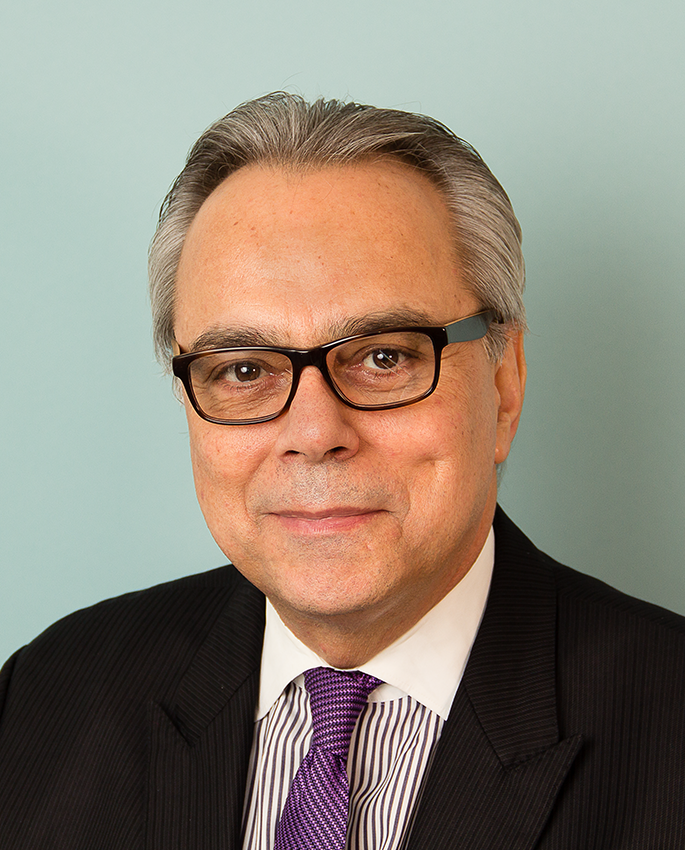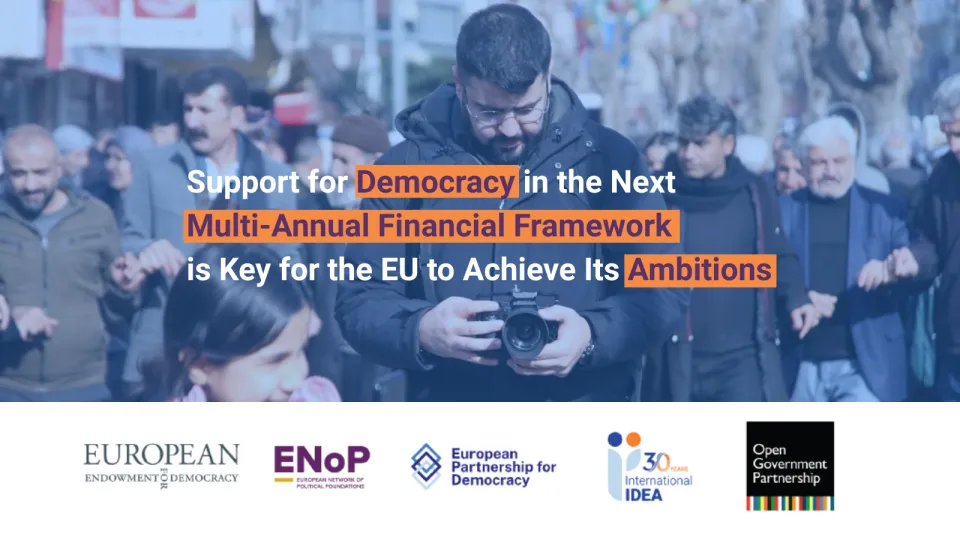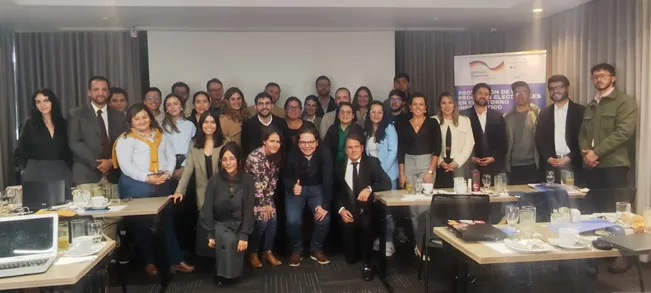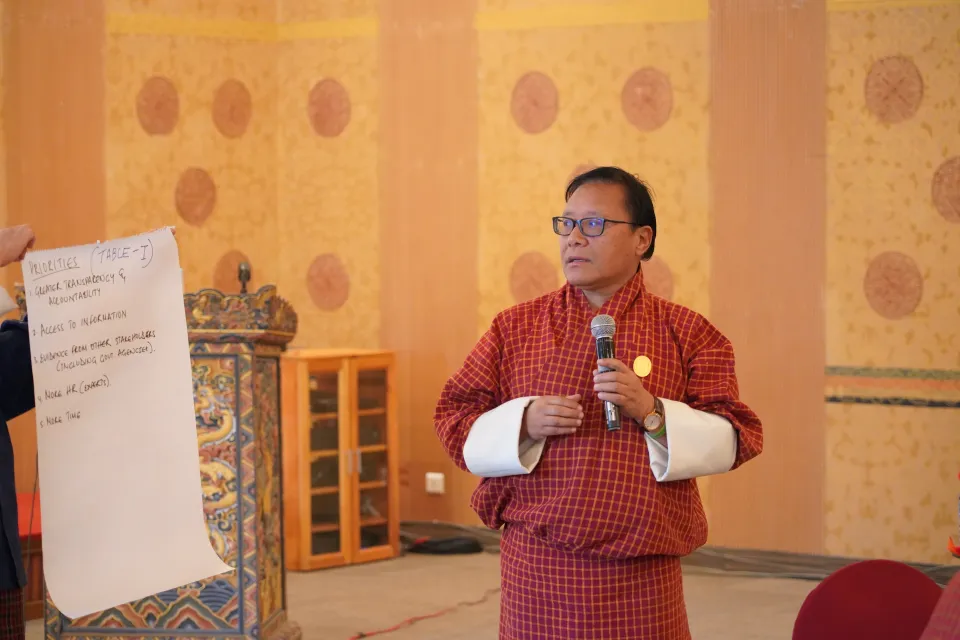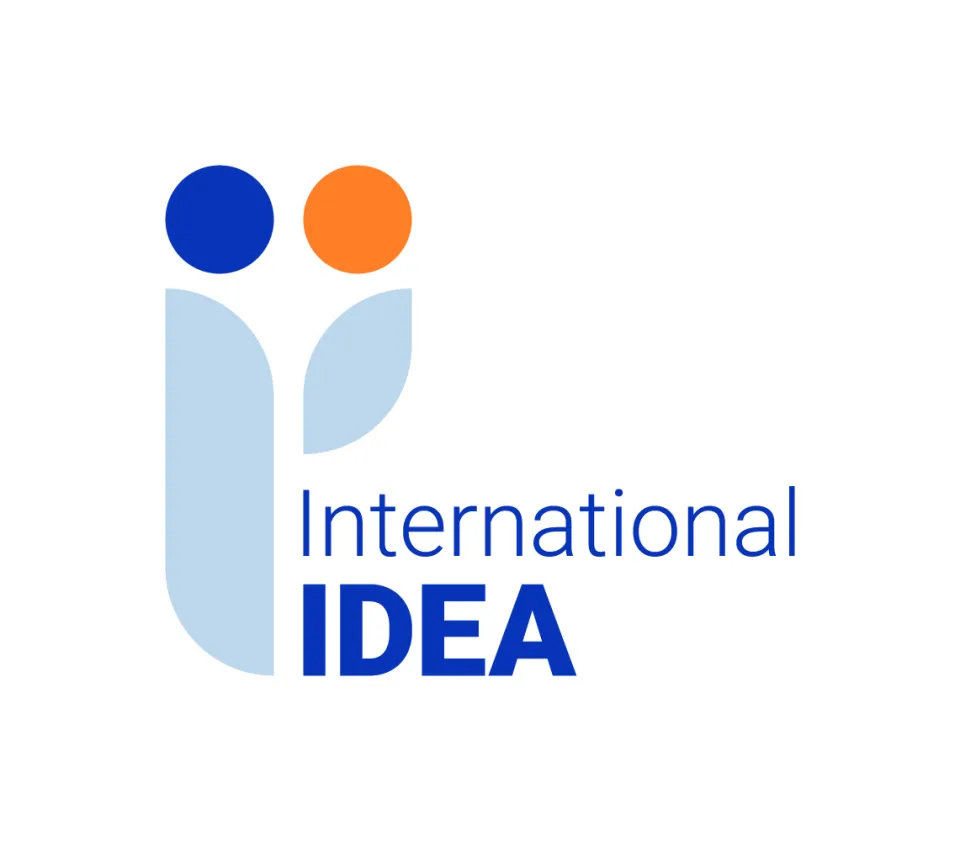If from a global perspective 2015 was a difficult year in economic terms and a complex year politically – terrorist attacks by the Islamic State, massive migration flows, geopolitical tensions, war in Syria and populism on the rise in the United States and Europe – 2016 is unlikely to be much better. In terms of the economy, internationally and in Latin America, the slow growth is expected to continue with a mix of possible outcomes.
In the words of International Monetary Fund Director Christine Lagarde, growth will be disappointing and uneven in 2016. Regionally the UN Economic Commission for Latin America and the Caribbean (ECLAC) projects anemic economic growth of 0.2 per cent. Even more pessimistic the World Bank projects that growth in 2016 will be void after shrinking 0.9 per cent in 2015.
Elections, elections and more elections
The Latin American agenda is replete with elections and crucial political events. This year will conclude the second stage of the Latin American electoral marathon during which, in a period of four years (2013-2016), a total of 17 presidential elections will have taken place. Fourteen have already been completed. If we add the first stage (2009-2012), during which another 17 were held, we find ourselves in the presence of an unprecedented series of elections. In only eight years the 18 countries in the Latin American region will have experienced a total of 34 presidential elections.
In 2016 three presidential elections that will complete this electoral rally are in Peru on 10 April, the Dominican Republic 15 May, and Nicaragua 6 November. In addition Bolivia will hold a referendum in February where incumbent President Evo Morales wants the citizens to ratify constitutional reforms allowing him to seek re-election in 2019.
Local elections will be held in Brazil, which will be decisive for President Dilma Rousseff and the Partido dos Trabalhadores (PT). Local elections in Chile are very important for President Michelle Bachelet and the future of the Nueva Mayoría, and elections in 12 Mexican states will be an early prediction of the 2018 presidential elections.
Local election will also be held in Venezuela (governors), and depending on how the political situation evolves, might also lead to the calling of a recall election seeking a constitutional and early end to the administration of President Nicolás Maduro. For now his term expires in 2019. The referendum, if it takes place, would be a result of the ongoing conflict between President Maduro and the new National Assembly in the hands of the opposition the Democratic Unity Roundtable (MUD) following the December 2015 elections.
In Colombia, depending on the speed with which the peace process moves forward, there may be a referendum to approve or reject the agreements signed by the Santos government and the Revolutionary Armed Forces of Colombia (FARC).
Electoral trends for 2016
Out of seven presidential elections held in Latin America in 2014 (Costa Rica, El Salvador, Panama, Colombia, Brazil, Bolivia, and Uruguay), the predominant trend in South America was the re-election of the centre-left or left-wing governments already in power. By contrast, in Central America there was a greater balance between continuity and alternation. In 2015 two presidential elections—Guatemala and Argentina— resulted in a new political direction.
In 2016 we are likely to see the re-election of President Danilo Medina in the Dominican Republic, as well as the re-election of the leftist Sandinista National Liberation Front (FSNL) in Nicaragua. In Peru, by contrast, following the tradition since 2000, we are likely to see a change in power.
In both Peru and the Dominican Republic it may be necessary to hold a second round of balloting to elect the president, as occurred (from 2013 to 2015) in most of the countries that have runoff elections written into the constitution: Argentina, Brazil, Chile, Colombia, Costa Rica, El Salvador, Guatemala, and Uruguay.
In Peru, Keiko Fujimori appears to be assured a place in a runoff election as she currently tops the polls with more than 30 per cent of the votes. What is unknown is who she would face in the second round. As things stand today the most likely rivals would be former cabinet minister Pedro Pablo Kuczynski, former mayor César Acuña or former president Alan García. Yet one mustn’t rule out last-minute surprises.
In May, the most likely scenario in the Dominican Republic is the re-election of the incumbent President Danilo Medina of the Dominican Liberation Party (PLD). He currently rules a coalition government with several parties, including PLD’s traditional rival the Dominican Revolutionary Party (PRD). Medina’s main rival is opposition leader Luis Abinader who heads a coalition between the Modern Revolutionary Party (PRM) and the Social Christian Reformist Party.
And in Nicaragua, in November, current President Daniel Ortega (FSLN) seems likely to win a third consecutive term. Nonetheless, encouraged by the oppositions’ victory in Venezuela, the Nicaraguan opposition formed the Coalición Nacional por la Democracia, made up of the opposition Independent Liberal Party (PLI), headed by Eduardo Montealegre, and the centre-left Sandinista Renovation Movement (MRS).
Likely scenarios in 2016
The first half of 2016 will be crucial for several countries of the region. In Argentina it will be the litmus test for the administration of President Mauricio Macri. In Bolivia, Evo Morales is putting his prestige on the line as he attempts to change the constitution in the 21 February referendum.
In Venezuela, we are likely to see more clashes between President Maduro heading up the executive branch and the opposition which for the first time in 16 years now controls Congress. The MUD already warned, in remarks by the new speaker of the National Assembly Henry Ramos Allup, that it will pursue options to bring about a constitutional change of government in the next six months. This situation will increase the levels of polarization and confrontation between the government and the opposition and will deepen the already serious economic crisis.
In Brazil we should pay close attention to the economy—to date projections are very negative—and the progress of the possible impeachment of President Rousseff on corruption charges.
Peace negotiations in Colombia and tensions in Haiti
In Colombia, if negotiations continue to move forward, we may see the signing of the much longed-for peace agreement, and the calling of a referendum to approve or reject the accords.
It will be equally important to monitor the complex and tense political and electoral situation in Haiti, especially whether the second round of the presidential election will be held as recently scheduled on 24 January or put off once again due to the serious irregularities in the first round in October last year.
New economic cycle
The results of last year’s presidential election in Argentina and legislative election in Venezuela in which both governing parties were defeated would appear to indicate a new political cycle has begun in South America likely at least in part a result of a profound change in the economic cycle.
This new cycle is accompanied by an explosive combination of economic slowdown, adjustment programmes, stagnation in the reduction of poverty, allegations of corruption on the rise and public support for presidents falling. This is likely to lead to greater social conflict and more complex governance in several countries of the region.
As Moisés Naím points out: “While societies are undergoing full effervescence, paralyzed governments and stagnant political parties continue without credible responses to the new demands of a society that is changing at a pace that cannot be reached by those operating with ideas from the past.”
